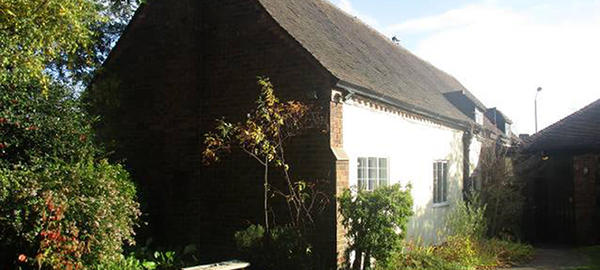Some eleven meeting houses, from a 19th century building in Cartmel, Cumbria, designed by the architect of the Natural History Museum to a 1970s concrete venue in London’s Blackheath, have been given Grade II listed status.
The oldest meeting house in the world still in continuous use, which opened in Hertford in 1670 to replace meetings held in private homes, has been upgraded to Grade I protected status.
And five of the country’s other oldest meeting houses have had their listed status upgraded to Grade II* by the Government, on the advice of its heritage agency Historic England.
The Quaker movement, or the Religious Society of Friends, began in the 1600s, largely led by George Fox.
He turned his back on the established Christian Church and believed everyone could have a direct relationship with God, removing the need for priests or churches.
Early on, friends met for silent worship in places ranging from hilltops to people’s homes, but as the movement grew meeting houses were built, usually unassuming buildings, plainly decorated in reflection of the Quaker commitment to simplicity.
Now 300 of the 500 groups, or meetings, in Britain have a dedicated meeting house rather than renting a space or…
… Read More
—
Click Read More to read the rest of the story from our content source/partners – Premier Christianity News.

